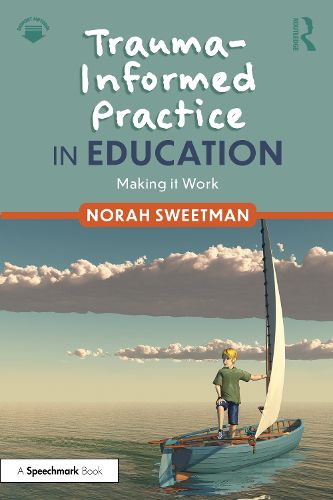Readings Newsletter
Become a Readings Member to make your shopping experience even easier.
Sign in or sign up for free!
You’re not far away from qualifying for FREE standard shipping within Australia
You’ve qualified for FREE standard shipping within Australia
The cart is loading…






Trauma-Informed Practice in Education enables educators to create safe, nurturing environments in the classroom for children and young people facing difficult circumstances.
The book accessibly outlines the principles of TIP before examining what trauma looks like in the classroom, focusing on learning, behaviour and concentration. Each chapter introduces a step in the journey to becoming a trauma-aware educator and explores key topics, from balancing curricular demands and vicarious trauma to the importance of boundaries and self-care. Top tips and easy-to-use activities that respect the voices of children and young people are included, and interviews with professionals and engaging vignettes further bring theory to life.
With approaches drawing directly from the author's frontline work and first-hand experience in diverse areas and settings, this book is essential reading for practising and student teachers, family support workers and youth workers.
$9.00 standard shipping within Australia
FREE standard shipping within Australia for orders over $100.00
Express & International shipping calculated at checkout
Trauma-Informed Practice in Education enables educators to create safe, nurturing environments in the classroom for children and young people facing difficult circumstances.
The book accessibly outlines the principles of TIP before examining what trauma looks like in the classroom, focusing on learning, behaviour and concentration. Each chapter introduces a step in the journey to becoming a trauma-aware educator and explores key topics, from balancing curricular demands and vicarious trauma to the importance of boundaries and self-care. Top tips and easy-to-use activities that respect the voices of children and young people are included, and interviews with professionals and engaging vignettes further bring theory to life.
With approaches drawing directly from the author's frontline work and first-hand experience in diverse areas and settings, this book is essential reading for practising and student teachers, family support workers and youth workers.